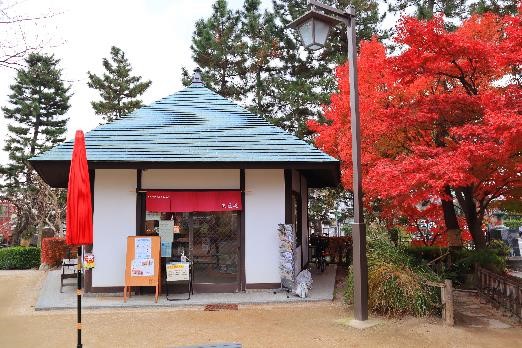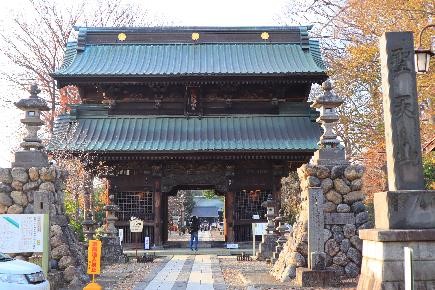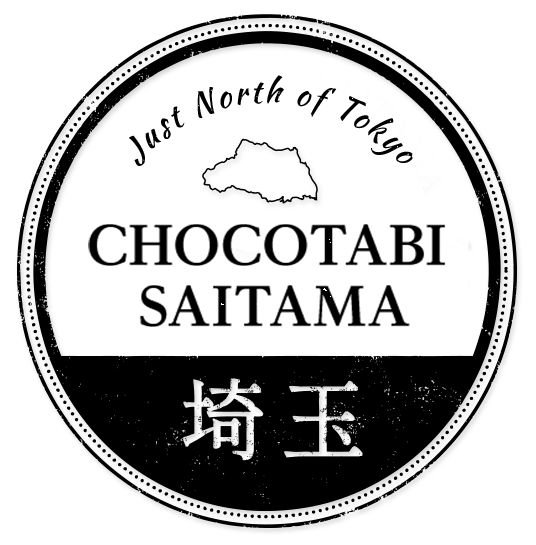Let’s feel the atmosphere of ancient Japan from the historical spots.
Footprints of history around the globe seem less forgotten but misunderstood, mostly because they are largely paved over. In Japan, the pavement is as dense as its population. Saitama Prefecture, being adjacent and just north of Tokyo, is densely populated and largely paved. It is criss-crossed by old roads, many of which have been supplanted by high speed express trains, including Shinkansen. Many a traveller using the old Nakasendo, Nikko Kaido, were just passing through, seeking lodging for a night or two and supplies for a day or two of trekking.
・Soka Matsubara
Roads from Old Edo to the deep north and northwestern coasts of Japan – Tohoku and Hokuriku – almost passed through Saitama. Matsuo Basho, the great Japanese poet of the late 17th Century, was immortalized in his account, “Oku no Hosomichi” or “The Narrow Road to the Interior.” Basho began his journey in Edo by boat, but walked through Soka. After he left, 634 pine trees were planted and the two fine bridges were built along Ayase River, now recognized as the 1.5-kilometer Soka Matsubara Promenade.
The late Japanese scholar, Donald Keene, too, played an important role in making this road a landmark when he first visited Soka in 1988 at the Okuno Hosomichi International Symposium. From then, until his passing in 2019, Keene played a vital role in reviving history and long-forgotten traditions of “”Oku no Hosomichi””that have reverberated throughout Saitama.
・Kawagoe
It seems today that the most obvious beneficiary of attention to the old roads of Nakasendo, Nikko Kaido, and through Chichibu is Kawagoe. While the charms of today’s Kawagoe are restorations of the nostalgic features of old storehouses from the Edo Period, the area has become widely known as “Koedo” – Little Edo. In fact, many people compare Kawagoe favorably to Kyoto. The buildings, not only on the main street, but in many of the back alleys, too, are built in the style of “kurazukuri” – old storehouses. While the town hosted 310,000 overseas visitors in 2019. The quaint collection of wooden structures in Kawagoe is an inspirational symbol in the whole of Saitama.
・Menuma Shodenzan
In Kumagaya, is a Buddhist Temple that should be near the top of the list of places to visit for any seasoned Japan tourist. Menuma Shodenzan is commonly referred to as “the Nikko of Saitama.” Like the more well-known UNESCO World Heritage-designated Toshogu, Shodenzan is a temple that precedes the modern division between Buddhism and Shintoism. As such, it contains remnants of a less clearly-delineated past, with designs and wood-carvings revealing a multitude of mysteries concerning deities, fortunes, and rites. What’s more, in addition to a leaflet in English, the temple offers an English-speaking volunteer guide service, that can unveil otherwise hidden secrets. In any language, Shodenzan is a must-see wonder that is within a hop, skip, and jump from the center of Tokyo.
・Washinomiya Jinja
At the other end of Japan’s most prestigious religious pursuits is the Shinto faith. In Kuki, located in the northeast of Saitama and adjacent to Ibaraki Prefecture, you will find Washinomiya Jinja, a shrine noted for both its ancient and contemporary history. It is widely considered the oldest shrine in the Kanto area, with roots dating back at least to the Kamakura Period (1185-1333). Tokugawa Ieyasu, the first shogun, was a patron, but the shrine precedes Old Edo and even the Meiji Emperor visited the shrine. The shrine has also become a pilgrimage destination of many youthful fans, due to the manga that was first serialized in Comptiq in 2003 and subsequently became a hit anime, Lucky Star. What makes this pairing notable, though, is that the local Kuki residents, surprised by well-mannered otaku visitors, have embraced the phenomenon known widely as “seichi junrei.” A rare combination of rich historical relevance and contemporary lore makes Washinomiya Jinja uniquely wonderful.
・Former Honjo Commercial Bank Brick Warehouse
The last stop of old Nakasendo was the town of Honjo. While the road connected the former capital city of Kyoto with Edo-old Tokyo-it actually continued past Edo to parts of Saitama, where the narrow roads north began. Trading of goods and services flourished at these crossroads. For Honjo, wealth accumulated due primarily to sericulture. While the Tomioka Silk Mill and Silk Industry Heritage Group have received recognition as UNESCO World Heritage Site, the Former Honjo Commercial Bank Brick Warehouse is wonderfully restored, used as a contemporary community center, museum, event space, and cafe. Architecturally, it is phenomenal, revealing the town’s great wealth and prosperity during the Meiji Era (1868-1912), when the warehouse stored silk cocoons that were left as collateral by the wealthy merchants financing area’s growth. The restoration of the Brick Warehouse facility and the community emerging in its vicinity are a source of inspiration and hope.























